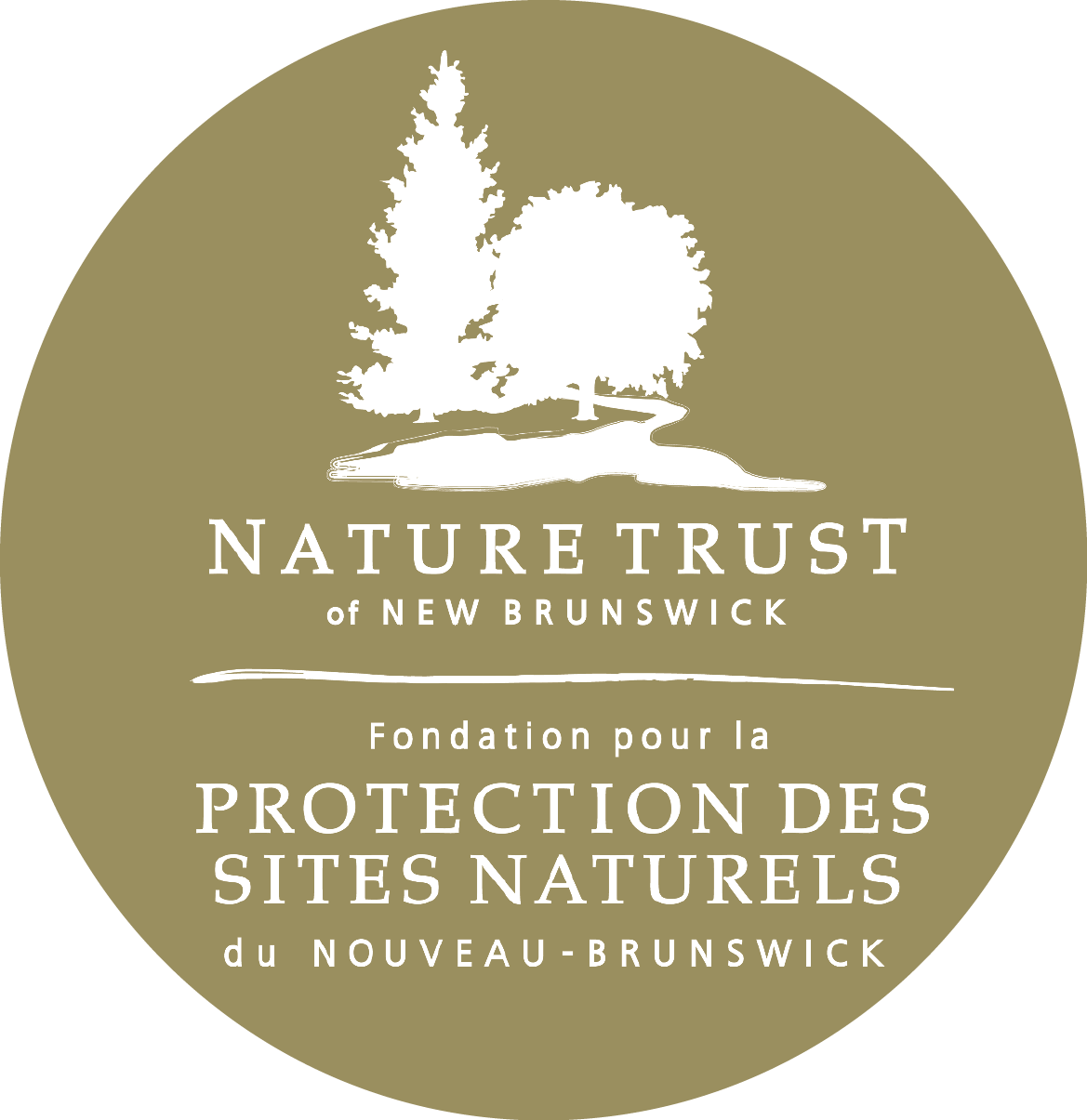Hyla Park: Managing Invasive Species
HYLA PARK:
MANAGING INVASIVE SPECIES
WRITTEN BY: RICHELLE MARTIN
From Japanese knotweed (Fallopia japonica) to emerald ash borer (Agrilus planipennis), invasive species are having detrimental impacts to biodiversity, economies and human health across the world. Invasive species can be any non-native or introduced species that threaten the natural function of native biodiversity.
According to the International Union for the Conservation of Nature, invasive species are the second most common threat associated with species extinction and the most common threat associated with the extinction of amphibians, reptiles, and mammals.
The Nature Trust, along with the help of our many volunteers, work to consistently monitor and manage the spread of invasive species within our nature preserves. A significant effort has been put forth to identify the presence of invasive species and the risks they pose to their unique surroundings. Recently, we have begun active removal of invasive species such as Japanese knotweed at Hyla Park Nature Preserve in Fredericton.
Japanese Knotweed threatens the lush flora of Hyla Park due to its tendency to outcompete and overcrowd the native wetland vegetation required by the many species found there, such as the park’s namesake, the gray tree frog (Hyla versicolor). Invasive species removal is both time and labor intensive. Thanks to many volunteers who spent many hours over the summer removing the plant and its roots, as well as disposing plant material, the invasive plant will not spread throughout the preserve.
Education and awareness is at the forefront of the Nature Trust’s campaign to manage the spread of invasive species. As an individual, purchasing and planting native species is an effective way to prevent contributing to this growing issue.
Many non-native ornamental plants have the ability to reproduce and become invasive species. These foreign plants, and the absence of their natural competition, are able to spread and pose as new competition to native flora and fauna
Continual monitoring efforts are necessary to ensure the successful eradication of invasive species. Without the help of our volunteers, stewards, and neighbors, these efforts would not be possible.
If you would like to get involved, volunteers are always welcome to assist in developing management plans, spending time outdoors monitoring and removing invasive species, and working to restore our nature preserves.


